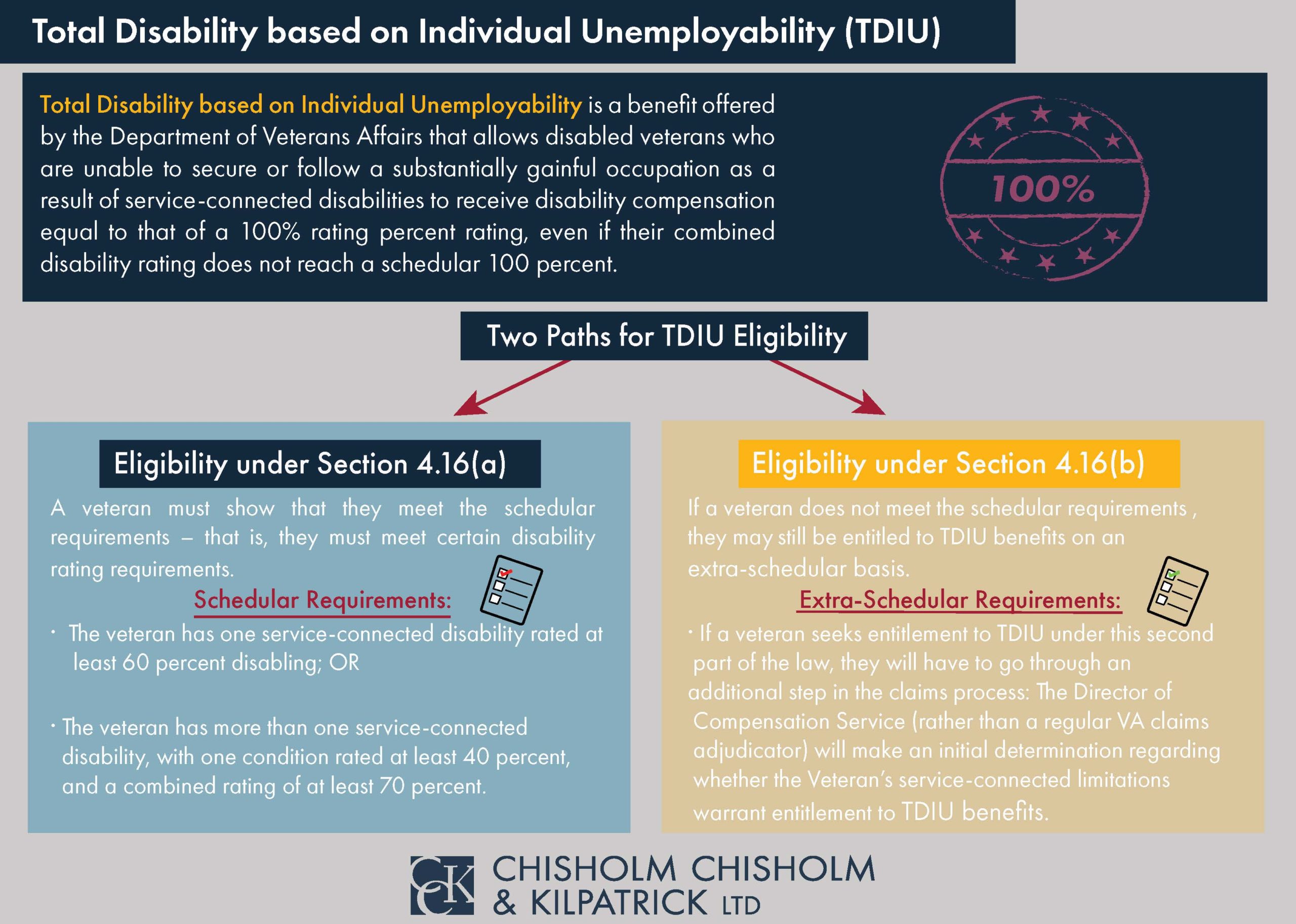VA Disability Benefits for Bronchitis

CCK Law: Our Vital Role in Veterans Law
What is Bronchitis?
Chronic bronchitis is a serious respiratory condition often associated with chronic obstructive pulmonary disease (COPD) in which the bronchial tubes, the pathways that carry air to the lungs, become inflamed. This inflammation usually results in a cough that expels mucus, but other symptoms can include difficulty breathing and tightness of the chest. Chronic bronchitis may be diagnosed using lung function tests, x-rays, and blood tests.
Service Connection for Chronic Bronchitis
Veterans may be eligible to receive VA disability compensation for chronic bronchitis if they can prove that their condition was caused by military service. When veterans experience a condition that is not presumptively related to their time spent in service, they must establish service connection. To establish direct service connection for chronic bronchitis, a veteran must have:
- A current diagnosis from a medical professional;
- Evidence of an event, injury, or illness in-service that caused or led to the condition; and
- A medical nexus (link) between the event in service and the current disability.
Compensation and Pension (C&P) Exams for Bronchitis
Once a veteran files a claim for bronchitis, VA may request a Compensation and Pension exam, or C&P exam. These exams are very important, as VA uses them to make informed decisions regarding the veteran’s conditions. Additionally, VA may deny a veteran’s claim if they fail to attend the examination.
When attempting to schedule the exam, VA may call the veteran or mail a letter. As such, it is crucial to ensure that VA has the most up-to-date contact information, so that the veteran does not miss any C&P requests.
The exam will usually be performed by a VA contracted physician. Before the exam, the examiner will review the veteran’s c-file. This will contain any documentation that has been previously submitted to VA, as well as the veteran’s medical and service records.
The veteran may also use a DBQ, or Disability Benefits Questionnaire, to bolster their claim. A Disability Benefits Questionnaire is a form created by VA that allows the veteran to address important aspects of their condition, such as symptoms, severity, and possible causes, as well as the relationship between their condition and other disabilities. The veteran may also have their private doctor fill out a DBQ for them.
How VA Rates Chronic Bronchitis
VA has a general respiratory rating system that is used to rate bronchitis and many other respiratory disorders. A rating is assigned based on how well the lungs take in air, absorb oxygen into the blood, and then exhale. Lung function tests, including spirometry, are used to evaluate a veteran’s level of disability.
Several different measurements will be taken when spirometry tests are performed. Each of these tests is gauged by the results of average people of your same height, weight, and age.
- Forced vital capacity (FVC)tests the maximum amount of air you can exhale after taking in a full breath.
- Forced expiratory volume (FEV-1)is tested to see the maximum amount of air you can exhale in one second.
- Diffusion Capacity of the Lung for Carbon Monoxide by the Single Breath Method: DLCO (SB) measures the lungs’ ability to transfer inhaled air to red blood cells. To do so, carbon monoxide levels are tested after a person exhales and compared to how much they inhaled.
- Exercise testing reveals how much oxygen the blood uses while sustaining physical activity.

VA Rating Schedule for Chronic Bronchitis
VA rates chronic bronchitis under 38 C.F.R. 4.97, Diagnostic Code (DC) 6600. Veterans can be rated between 10 and 100 percent depending on the severity of their condition. According to 38 C.F.R. 4.97, DC 6600, a veteran must experience the following levels of pulmonary dysfunction to qualify for a chronic bronchitis disability rating:
- 10% ratings are assigned to veterans who demonstrate:
- FEV-1 of 71% to 80% predicted; or
- The ratio of FEV-1 to FVC of 71% to 80%; or
- DLCO (SB) of 66% to 80% predicted
- 30% disability ratings are assigned to veterans who demonstrate:
- FEV-1 of 56% to 70% predicted; or
- FEV-1/FVC of 56% to 70%; or
- DLCO (SB) of 56% to 65% predicted
- 60% VA ratings are assigned to veterans who have:
- FEV-1 of 40% to 55% predicted; or
- FEV-1/FVC of 40% to 55%; or
- DLCO (SB) of 40% to 55% predicted; or
- Maximum oxygen consumption of 15 to 20 ml/kg/min (with cardiorespiratory limit)
- 100% ratings are assigned to veterans who have:
- FEV-1 less than 40% of predicted value; or
- FEV-1/FVC of less than 40%; or
- DLCO (SB) less than 40% predicted; or
- Maximum exercise capacity less than 15ml/kg/min oxygen consumption (with cardiorespiratory limit); or
- Right heart failure; or
- Right ventricular hypertrophy; or
- Pulmonary hypertension shown by Echo or cardiac catheterization; or
- Episode(s) of acute respiratory failure; or
- Requires outpatient oxygen therapy
Burn Pit Exposure: Bronchitis and Other Respiratory Conditions
Military burn pits are large areas of land in which the military and its contractors incinerated all waste generated by military bases, including plastics, medical waste, rubber, human waste, and more.
The U.S. Military used burn pits as part of their waste disposal protocol in places such as Iraq and Afghanistan in the post-9/11 era. While the practice was effective in reducing large quantities of waste, burn pits emitted plumes of toxic smoke, which was often carried for miles by the desert wind.
Many U.S. Military veterans have suffered health consequences from burn pit exposure. Most of the negative effects involve temporary ailments of the respiratory system, though some evidence suggests a link between burn pit exposure and the long-term deterioration of lung health. As such, veterans who were exposed to burn pits have experienced chronic bronchitis.
Other respiratory conditions linked to burn pit exposure include asthma, lung cancer, constrictive bronchiolitis, and chronic obstructive pulmonary disease.
Research continues to be done to link burn pit exposure to a variety of different conditions, such as cancers and respiratory conditions. However, research has indicated that one of the known chemical compounds released by burn pits includes the dioxin called TCDD which was also found in Agent Orange.
In August 2022, the Honoring Our PACT Act expanded presumptive service connection for veterans who were exposed to burn pits and other toxins during their military service. In order to be eligible, the veteran needs be considered a “covered veteran.” A covered veteran is one who served:
- On or after August 2, 1990, with active military, naval, air, or space service while assigned to a duty station, including the airspace above:
- Bahrain
- Iraq
- Kuwait
- Oman
- Qatar
- Saudi Arabia
- Somalia
- United States Emirates
- On or after September 11, 2001, with active military, naval, air, or space service while assigned to a duty station, including the airspace above:
- Afghanistan
- Djibouti
- Eqypt
- Jordan
- Lebanon
- Syria
- Yemen
- Uzbekistan
Chronic bronchitis is one of the conditions listed as presumptive. This means that if a veteran has a diagnosis of chronic bronchitis and served in one of the above places and time frames, then they would be eligible for presumptive service connection for bronchitis based on burn pit exposure.

VA’s New Particulate Matter Presumption for Respiratory Conditions
As of August 2, 2021, VA began processing disability claims for asthma, rhinitis, and sinusitis on a presumptive basis based on presumed particulate matter exposures. Veterans will only be eligible for this presumption if they meet certain criteria, including service in Southwest Asia and other specified areas and manifestation of asthma, rhinitis, or sinusitis within 10 years of a qualifying period of military service. Many veterans exposed to burn pits during their service and developed one of these three conditions may be able to seek service connection under this new presumption.
Specifically, the presumption impacts veterans who served in Afghanistan, Uzbekistan, Syria, or Djibouti between September 19, 2001 and the present day. It also encompasses veterans who served between August 2, 1990 and the present in the Southwest Asia theater of operations. The Southwest Asia theater of operations refers to the following areas:
- Iraq
- Kuwait
- Saudi Arabia
- The neutral zone between Iraq and Saudi Arabia
- Bahrain
- Qatar
- The United Arab Emirates
- Oman
- Gulf of Aden
- Gulf of Oman
- Persian Gulf
- Arabian Sea
- Red Sea
- The airspace above these locations
Despite this new presumption, VA does not have a consistent approach to deciding these cases, so lay evidence from veterans is key to winning burn pit and other toxic exposure claims. VA has no method of proving veterans were near burn pits, so statements from the veteran themselves or buddy statements can help provide necessary details.

TDIU and Bronchitis
Veterans who are prevented from working because of their bronchitis, or symptoms of their bronchitis, or other conditions linked to bronchitis such as COPD, may be able to receive a monthly VA disability benefit called total disability based on individual unemployability, or TDIU. This benefit compensates veterans at the 100 percent rating level, even if their disability rating may be less than that.
There are generally two pathways to become eligible for TDIU:
- 38 CFR § 4.16a (“Schedular”) – For this form of TDIU, the veteran must have:
- One condition rated at minimum 60 percent OR two conditions that can be combined to reach 70 percent, where one condition is at minimum 40 percent
- 38 CFR § 4.16b (“Extraschedular”) – This form of TDIU is for veterans who may not be able to achieve the ratings necessary for schedular TDIU but are still unable to obtain substantially gainful employment on account of their conditions. In this instance, the veteran must prove that their condition uniquely hinders their ability to obtain substantially gainful employment and therefore should not be rated using the standard criteria.
Veterans with multiple conditions may have a combined rating which would make them eligible for TDIU. As a result, veterans who receive a rating for their bronchitis, or a condition linked to their bronchitis such as COPD, may be able to receive compensation at the 100 percent rating level through TDIU.
Getting Assistance if Your Claim for Chronic Bronchitis Has Been Denied
As claims for respiratory conditions are among the most filed, they are also among the most commonly denied. If your claim for chronic bronchitis has been previously denied, the veterans disability team at Chisholm Chisholm & Kilpatrick LTD may be able to assist you. For more information, as well as a complimentary case review, contact us at800-544-9144.
About the Author
Share this Post

